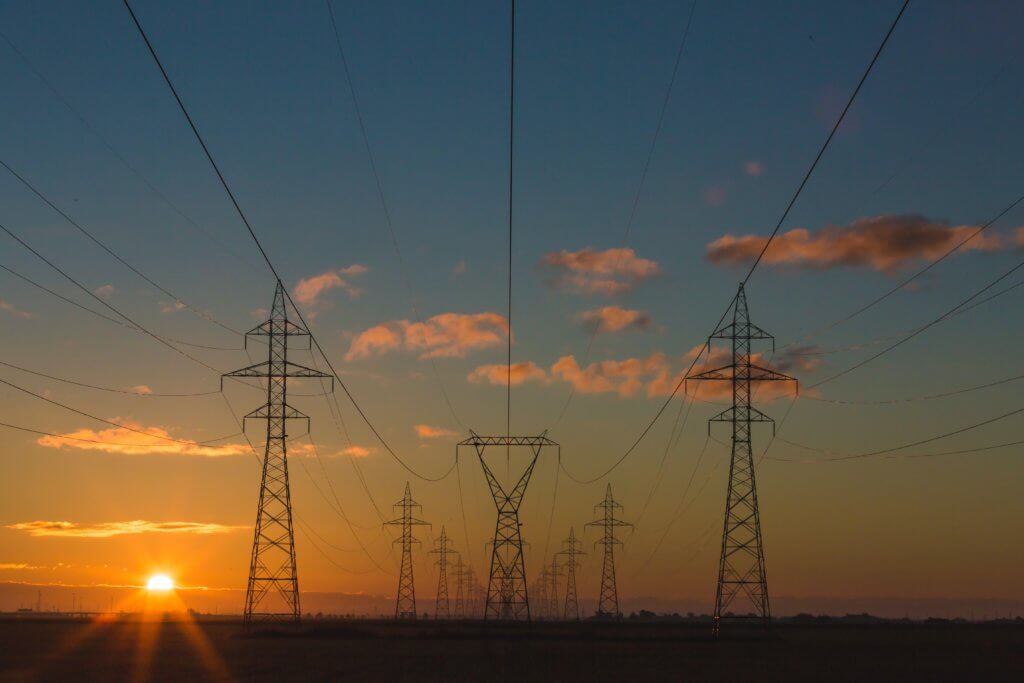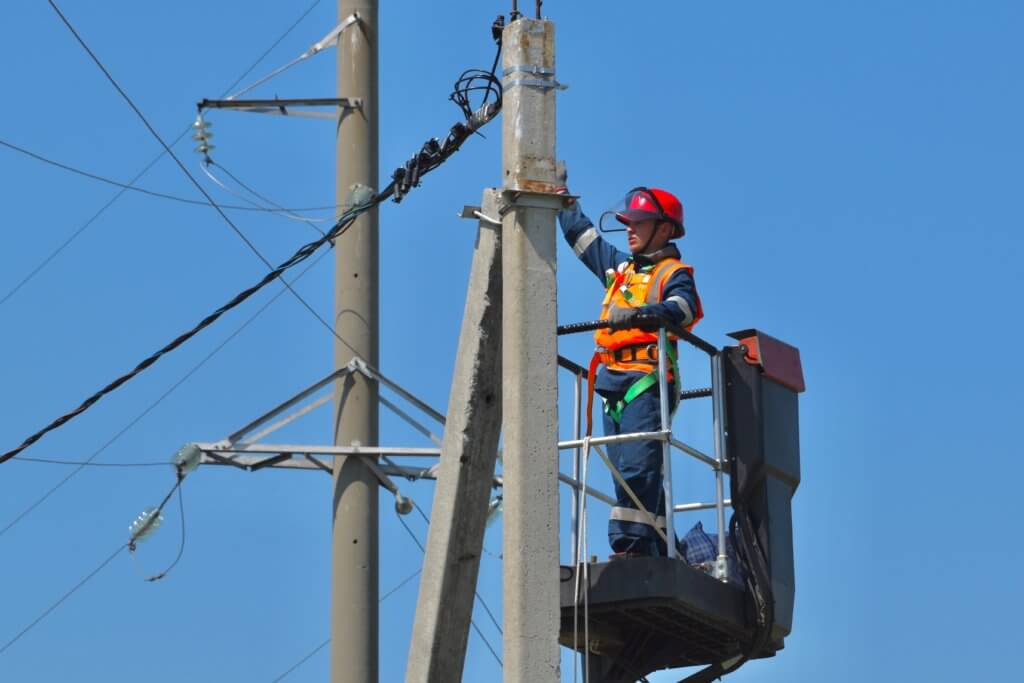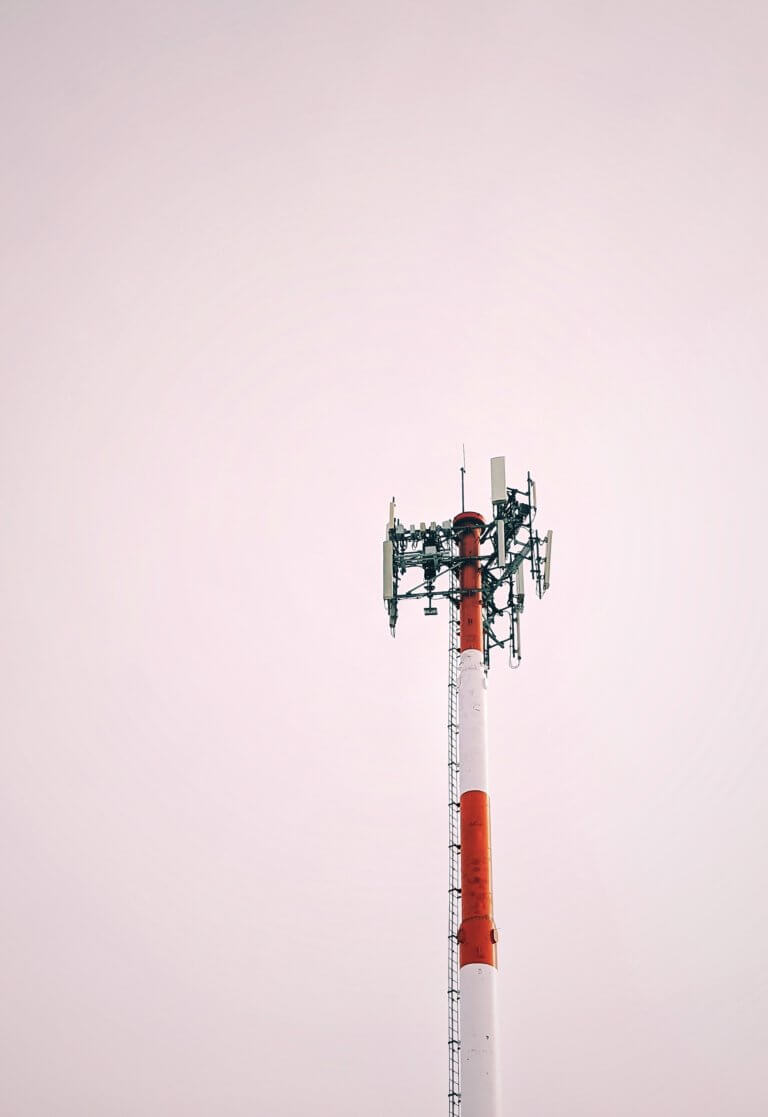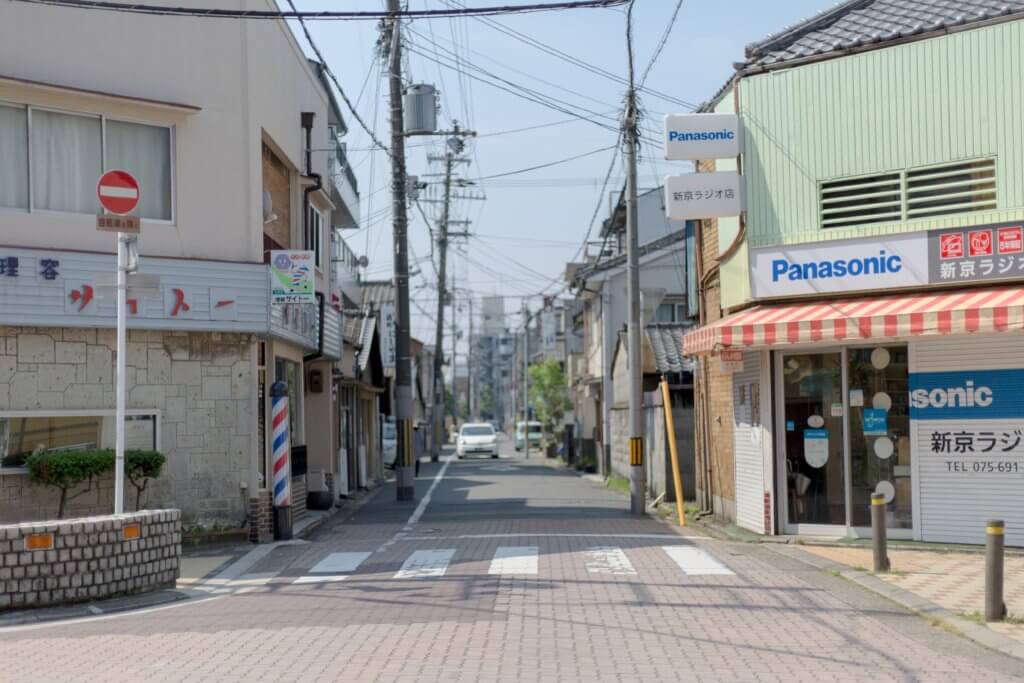
Is It Dangerous Living Near Electrical Substations and Pylons?
If you are currently living in a house that is located near a pylon or electrical substation, or you are considering buying a house in this location, it is important to learn more about these structures and the possibility of harm from electromagnetic radiation. If you are looking to find out more on this topic, we have done the hard work for you – pulling together all the information that you need to know.
What is the Electrical Grid?
Before we get into whether electrical substations or pylons are dangerous, it is important to understand the basics of how an electrical grid works. Powerplants generate the electricity that we need to run our homes and businesses and the electrical grid transports this electricity through multiple layers to reach your home.
The electrical grid is made up of many different components including substations, pylons, transformers and powerlines. These components work in collaboration with each other to deliver electricity around the country.

What are Electric and Magnetic Fields?

Electric and Magnetic Fields occur in any situation where electricity is used so they are pretty much around us all the time. When it comes to pylons, it is not the metal pylon structures that emit EMF radiation, instead, it is the overhead power lines that are the source. There have been concerns about the effects of exposure to EMF radiation. When it comes to exposure, people can be exposed to radiation from electrical wires in the street and in their homes. Additionally, we are also exposed to EMF radiation when we are in close proximity to electrical appliances. While the majority of the public do not live near power lines, pylons or electrical substations, for those that do, this will lead to high levels of exposure to EMF radiation.
Is It Dangerous Living Near Electrical Substations and Pylons?
All powerlines that are supported by pylons comply with the safe exposure limits that have been set by independent international experts who have studied the dangers of electrical cables. The power industries have to ensure that their equipment complies with these standards at all times.
While there is a need for more research, some studies have shown that magnetic fields may cause medical conditions such as childhood leukaemia. This is when looking at EMF levels that are measured at the amounts produced by overhead power lines. Studies have shown that statistically, the incidence of leukaemia doubled from 1 in 12,000 to 1 in 24,000 for children with high exposure to EMF from power lines. However, more research does need to be done in this area, as other research has shown that animals do not develop this when exposed in a laboratory setting. The World Health Organisation however does classify magnetic fields under the heading of ‘possibly carcinogenic to humans’, meaning that they could cause cancer.
A study in 2000 known as the Ahlbom study brought together data from a variety of different studies around the world. It looked at magnetic fields above 0.4 μT and found a statistical association linking these fields to the increased risk of cancer.
The Draper study focused entirely on power lines that work at a high voltage. The study stated, “There is an association between childhood leukaemia and proximity of home address at birth to high voltage power lines, and the apparent risk extends to a greater distance than would have been expected from previous studies”.
What are the Health Implications of EMF Radiation?
As well as the possible increased risk of cancer as discussed above, exposure to EMF radiation can lead to a variety of different health problems. EMF radiation, which can come from powerlines and substations can travel through brick and is easily absorbed in the human body. A variety of studies have shown a potential increased risk of:
- Frequent illnesses (with no determining cause)
- Adrenal fatigue
- Hormone imbalances
- Brain fog or issues with memory
- Insomnia
- Disrupted Sleep
- Mental Health Conditions such as Anxiety and Depression
- And many other health concerns
The further away you are from structures like substations that emit EMF radiation, the less you are likely to be exposed, meaning that the risk of developing these health problems is significantly reduced. However, with so many electrical devices now in our homes, it is difficult to stay away from all products that emit EMF radiation.
How to Protect Your Home from EMF Radiation?

If you do live in close proximity to power lines, pylons or electrical substations, you may want to consider taking protective measures in your home to help keep yourself and your family safe. One way to affect your home is to consider using EMF Blocking Paint, which will help block EMF radiation from passing through your walls, and into your home. There are many EMF blocking paints available, so to help you out, we have created a blog post on the best EMF blocking paints on the market. Check it out Best EMF Blocking Paints
EMF radiation can have negative health effects, including disrupting your sleep which can make you feel sluggish and exhausted. A great piece of equipment that can help tackle this is an EMF shielding bed canopy. These canopies can be easily draped over your bed and are made from materials such as silver fabric that are effective in significantly reducing the EMF rays that you are exposed to. Our blog Best EMF Shielding Bed Canopies describes the best types of canopies available and explains the benefits of using a bed canopy.
EMF Surveys
To help identify which rooms or areas of your home are hot spots for EMF, it is important to conduct a survey. This will allow you to identify which areas need extra protection, or which devices are emitting large amounts of EMF rays. Everyone should do this in their home, but it is especially important if you are living near pylons or substations as your risk is increased.
If you are considering buying or selling a property that is located near a substation, getting a survey done will help put the buyer at ease, as they will know that the property is safe.
To detect EMF in your home, you will need a good EMF detector to take the readings. Our blog post Best EMF Meters and Detectors can help with this, as it will give you advice on what meters to buy and tips on how to measure the EMF levels. When using an EMF detector it is important to think about your hand placement – make sure that your hand is not covering the sensor that detects EMF radiation as this can lead to false measurements. Additionally, make sure that you are taking readings in different areas around the room and in different directions. Finally, make sure that you are taking a note of the readings, and the locations that you are taking them in as this will help you analyse the results later. Not writing readings down in an organised manner can become confusing and lead to vital information being missed.
If you do not want to survey your home yourself, there are many EMF consulting companies that you can pay to come out to your home and complete the surveys for you. These companies will survey your home both inside and outside and produce a report on the EMF levels in each area. EMF consultants already have all the necessary equipment required but are a costly option.
Frequently Asked Questions (FAQs)

How many homes in the UK live near pylons?
Most homes in the UK live far enough away from pylons and substations that their exposure is less than 0.2 µT. Only around 1.5% of all UK homes live in such close proximity that the numbers go above 0.2 µT. 0.4% of homes have a field that measures more than double these levels. It is important to note however that the amount of homes that are above the 0.2 µT mark in the UK is significantly lower than in many other countries around the globe.
What is the policy on EMF in the UK?
The UK Government, like many others, have set guidelines on the national level of exposure for EMF radiation. All electrical companies have to comply with these guidelines. The Government sets the level of exposure at a number that is designed to prevent all negative health effects from occurring.
In the UK, the government makes their decision based on the international body of the ICNIRP, whose guidelines are also used by many other countries and by the EU. The levels are set in volts per metre measurements from electric fields and microteslas for magnetic fields. So what are the exposure limits in numbers? There are two different levels – reference levels are around 5kV/m for electric fields and 100 µT for magnetic fields. These reference levels are for areas where people spend a lot of time – for example if there are homes next to the power lines. Basic restrictions are the more standard level, with the limits for this being 9kV/m for electric fields and 360 µT for magnetic fields.
How Can I Find Out What Overhead Lines Are Near Me?
There are many types of overhead power lines, some that are lower-voltage which are known as distribution lines. These are usually held up by wooden poles. Higher voltage lines are known as transmission lines, and these are usually the ones that are on the lattice steel pylons. If you are worried about overhead electricity lines in your area, check out this pictorial guide What is this near me and is it compliant?that will help you identify what type of overhead lines they are.
How far do I need to be from power lines to be a safe distance from them?
As we have previously mentioned, the safety measurement as decided by the government is around 0.4 µT. If you are living near distribution power lines (often held up by wooden poles or much smaller pylons), they do not ever reach these levels, so you do not need to worry as much about being a safe distance from them.
If however, you live near a transmission overhead line that is supported by large pylons, you ideally want to be at least 100m away from it. Even at this distance, it is still important to add extra precautions to your home for added safety.
What is a Pylon?
Electricity pylons are part of the electrical grid. They are usually made from steel and are shaped like a tower with a lattice pattern that helps support the overhead powerlines. Many people do not like the look of pylons, deeming them to be a form of ‘visual pollution. There have been some concerns about the safety of pylons, and the cables that they are carrying, however, more research does need to be done in this area.
What Is A Final Distribution Substation?
A final distribution substation is the final step in the electrical grid before the electricity reaches your home. Its purpose is to change or even out the current of the electricity so that it matches the voltage of your home. Electrical substations contain transformers and control equipment. This is important as if the current is too high when it enters your home, it could cause a power surge, leading to a power cut. The substation also works to ensure that the flow of electricity is steady so that your home can be powered 24/7.